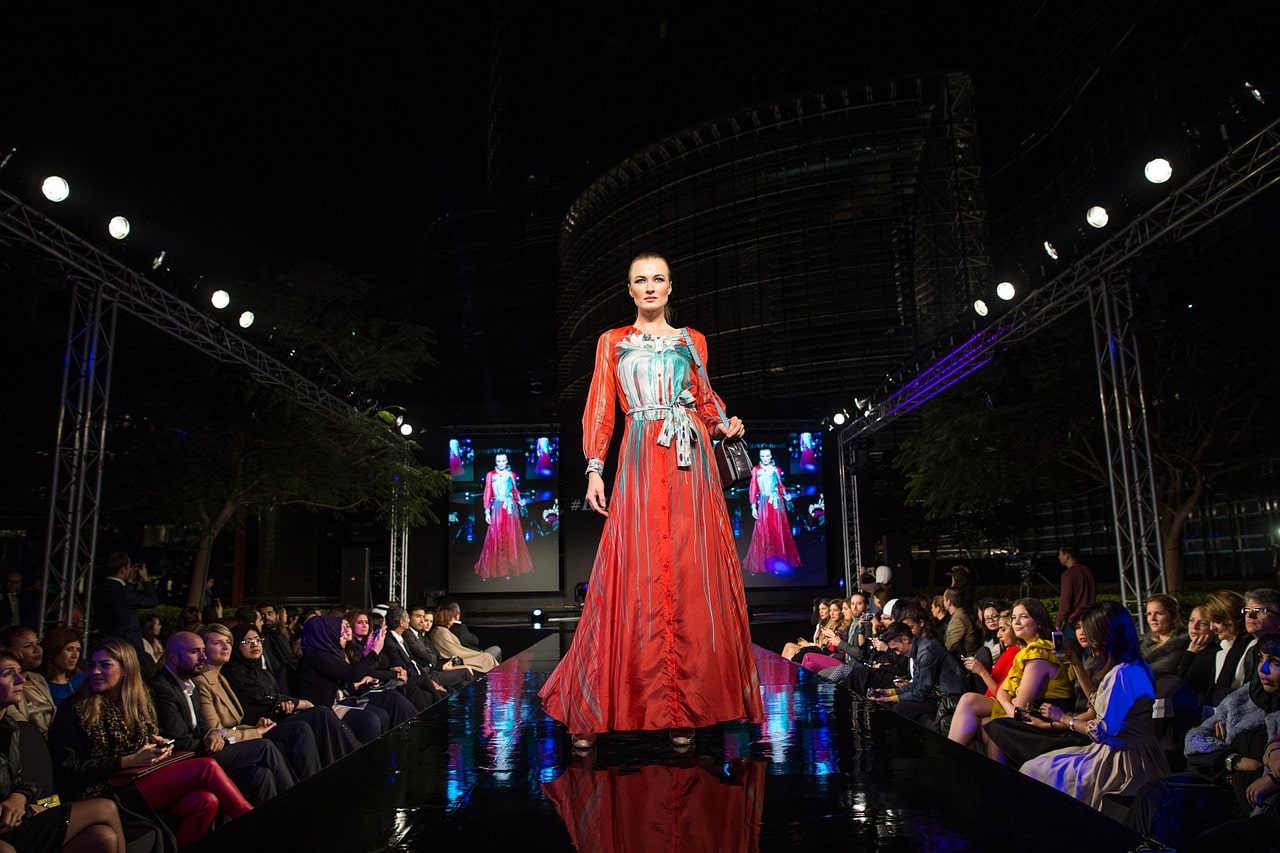Time-Warp Textiles: Fashion’s Temporal Experiments
Time travel has always been a fascination for humanity, whether it’s teleporting to a different time or simply revisiting the past. While it may seem like a far-fetched concept, some designers have found a way to incorporate time travel into their fashion pieces. Introducing “Time-Warp Textiles,” a growing trend in the fashion industry where designers experiment with temporal concepts to create truly unique and thought-provoking pieces. In this article, we’ll delve deeper into this concept and explore how it’s pushing the boundaries of fashion’s temporal experiments.
The Concept Behind Time-Warp Textiles
Time-Warp Textiles is a term coined by fashion designers who are exploring the idea of time travel through their designs. It involves taking inspiration from different eras and fusing them together to create garments that are both nostalgic and futuristic. The concept challenges the traditional approach to fashion, where the focus is usually on the latest trends.
Instead, Time-Warp Textiles allows designers to break away from the norm and create garments that are a fusion of past, present, and future. It’s a way of paying homage to the past while also looking towards the future in a single piece, creating a unique and intriguing blend of styles.
The Rise of Time-Warp Textiles in Fashion
The idea of time travel in fashion is not entirely new, with designers such as Jean Paul Gaultier and Vivienne Westwood experimenting with this concept in the 1980s. However, it’s only in recent years that we’ve seen a surge in designers using Time-Warp Textiles in their collections.
A notable example is Gucci’s Fall 2018 collection, where designer Alessandro Michele incorporated elements from different eras, including 70s-inspired prints and futuristic metallic accents. The collection was a representation of the designer’s imagination and a nod to the idea of time travel in fashion.
Designers Pushing the Boundaries
Besides Gucci, several other designers have been pushing the boundaries of Time-Warp Textiles, experimenting with different eras, techniques, and materials. One such example is Iris van Herpen, known for her avant-garde and futuristic designs. In her collections, she often incorporates cutting-edge technology, 3D printing, and unconventional materials, creating garments that seem to be from another time.
Another designer who has been making waves with Time-Warp Textiles is Marine Serre. Her collections often feature a mix of vintage prints and futuristic silhouettes, creating a visual representation of the past, present, and future merged into one. She also uses recycled materials, further highlighting the concept of time travel in fashion.
The Impact of Time-Warp Textiles in Fashion
Beyond the visual appeal, Time-Warp Textiles has also sparked important conversations in the fashion industry. It challenges the idea of fast fashion and trends that come and go, encouraging a more sustainable approach to fashion. By incorporating elements from different eras, designers are creating timeless pieces that can be worn for years to come, reducing the impact of fast fashion on the environment.
The concept has also opened up a new realm of creativity for designers, allowing them to think outside the box and create truly unique and innovative pieces. It also offers consumers a new perspective on fashion, encouraging them to appreciate the history and evolution of fashion and its role in shaping our present and future.
The Future of Time-Warp Textiles
The possibilities of Time-Warp Textiles are endless, and with the rapid advancements in technology, we can only expect to see more exciting creations in the years to come. As designers continue to experiment with different eras, techniques, and materials, we can look forward to a fashion landscape where the line between past, present, and future is blurred, and anything is possible.
In conclusion, Time-Warp Textiles is more than just a passing trend in the fashion world. It’s a concept that challenges traditional notions, pushes boundaries, and encourages creativity and sustainability. With its growing popularity, it’s safe to say that fashion’s temporal experiments are here to stay.










